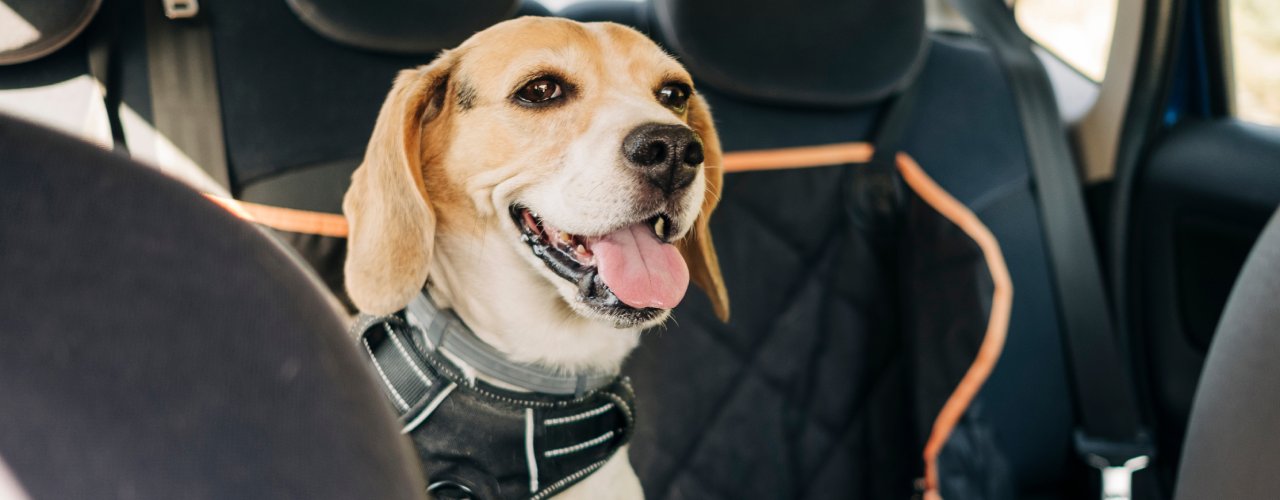Are you planning a trip with your dog, but they have limited mobility? This might make you anxious about your travel plans, but you don’t need to worry when you know how to prepare. Whether you’re flying or driving, traveling with dogs that have limited mobility requires special care to ensure the comfort of your favorite furry pal. Make sure your trip goes off without a hitch for both you and your dog with this guide.
1. Choose Pet-Friendly Accommodations
When planning your trip, look for pet-friendly accommodations designed with accessibility in mind. Call ahead to confirm if the location has ramps, elevators, or ground-floor rooms to make movement easier for your dog. Bonus points if the accommodation offers spacious areas for your dog to relax or a nearby park for some fresh air. Taking these steps will minimize stress and help your pet feel at home.
2. Use the Right Mobility Aids
Mobility aids can be a game-changer while traveling with a dog that has limited mobility. Depending on your dog’s needs, consider a full-body harness or a pet wheelchair. A full-body harness is great for supporting your dog during walks or assisting them on stairs, while a wheelchair provides more independence for dogs with severe mobility issues. Packing the right aid can make exploring new places more manageable and fun for both of you.
3. Prioritize Comfort During the Trip
Your dog’s comfort should take top priority whether you’re traveling by car, plane, or any other mode of transport. Invest in a well-padded travel bed or portable crate with plenty of space for them to relax. Bring along their favorite blanket or toy to provide familiarity and ensure they stay hydrated throughout the trip. Little touches like these can help keep your dog at ease in unfamiliar surroundings.
4. Schedule Breaks and Keep Routines
Dogs with limited mobility may tire easily, so scheduling regular breaks during your trip is crucial. Short stops allow them to stretch, relieve themselves, and recharge. Additionally, maintaining their usual routine as closely as possible, including mealtimes, bathroom breaks, and bedtime, can reduce anxiety and promote a sense of normalcy.
5. Monitor Your Dog’s Well-Being
Travel can be physically demanding, so keeping a close eye on your dog’s health and comfort is essential. Look out for signs of exhaustion or discomfort, such as heavy panting, limping, or whining. Always pack a first-aid kit, any prescribed medications, and contact information for a local vet at your destination, just in case. Proactively monitoring their well-being will help address issues as soon as they pop up.
Make your trip less stressful by planning ahead and focusing on the unique needs of your furry friend. Your adventure will be safe, comfortable, and full of unforgettable memories. Start planning your next trip with your furry best friend today—because the world is better explored together!





